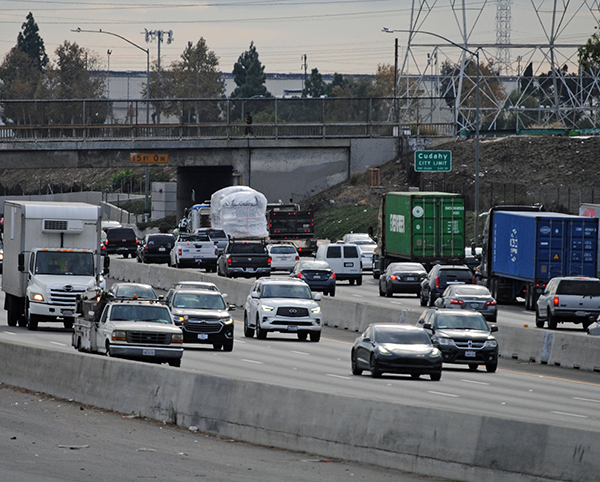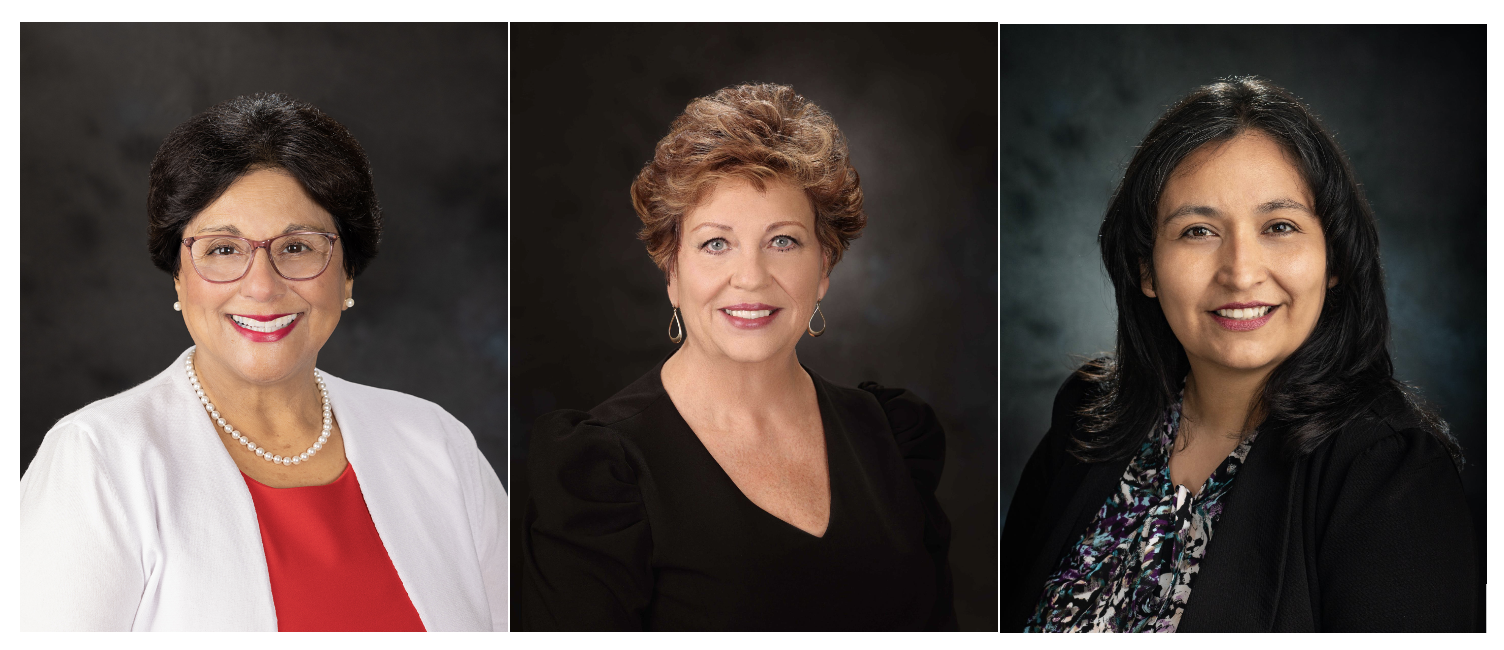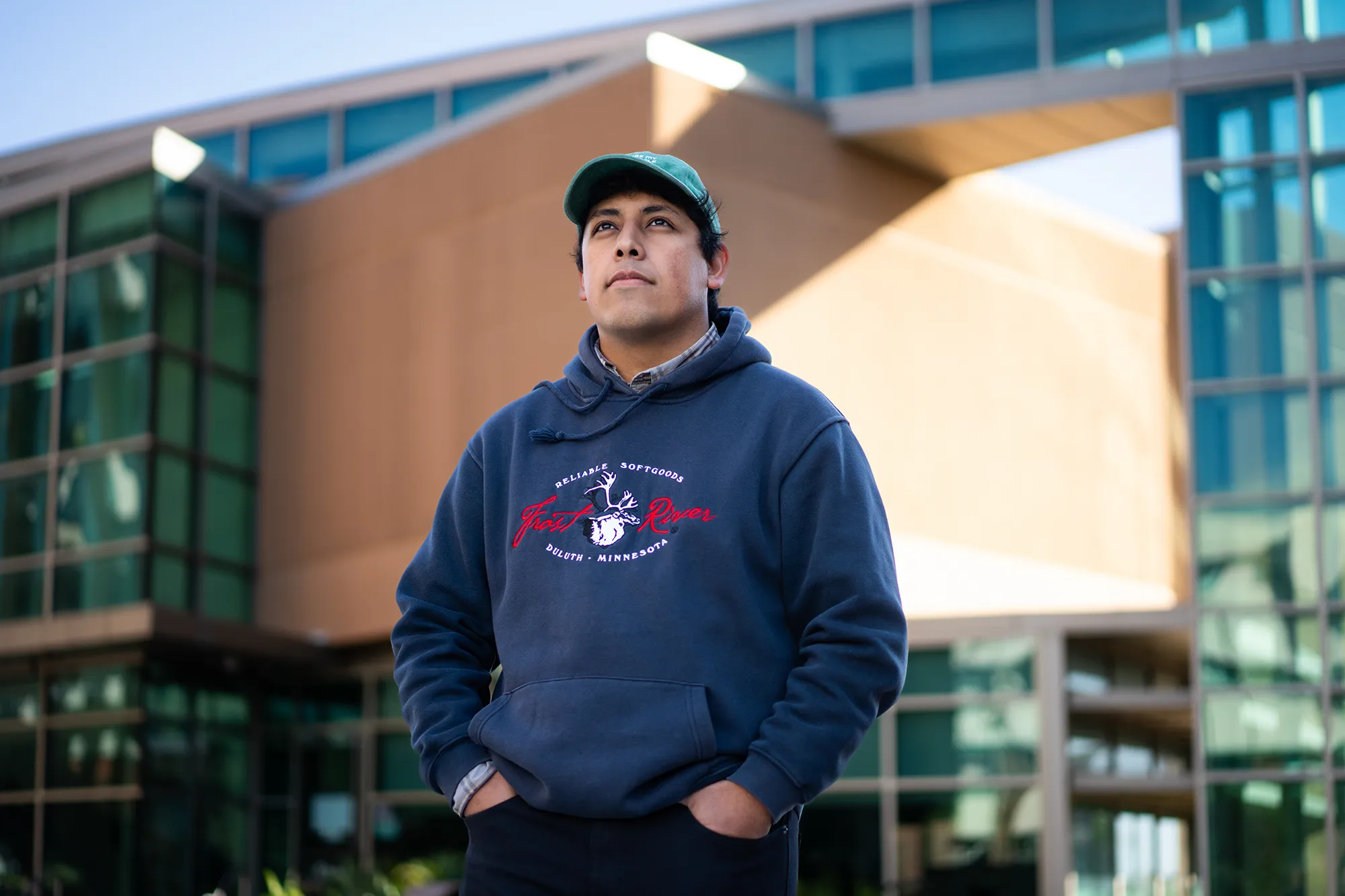By Alfredo Santana
Contributing Writer
LOS ANGELES — An option to charge fees for vehicles with one passenger on the Long Beach (710) Freeway between Long Beach and East Los Angeles is being considered to reduce pollution and improve air quality along the corridor.
The concept, known as congestion pricing, is in the early stages of study and needs further evaluation by the task force in charge of identifying projects and programs to get funds from the Metropolitan Transportation Authority.
Congestion pricing is one of many projects under the freeway sub-category aimed at improving traffic along the 710 south corridor, revamping public transportation without expanding lanes and shifting cargo movement to zero emission trucking and more freight trains.
The concept was announced at the monthly task force meeting Jan. 9.
A congestion pricing table would require studies on how fees would impact working-class area residents, said National Resources Defense Council attorney and task force member Natalia Ospina.
“We need more suggestions for low-income folks not to be overly burdened with the pricing option,” Ospina said.
But to gain traction, it would need support from most of the 37 task force members, and receive feedback from the corridor’s Community Leadership Committee.
The committee is a group composed of residents representing communities within 1.5 miles of the freeway between Long Beach and the Pomona (60) Freeway in East Los Angeles.
Discussion about congestion pricing took place in one of four breakout rooms set to identify missing items on the corridor’s preliminary list of projects unveiled on December to be refined for funding.
The breakout rooms were organized with frameworks that emphasized community programs and policies for public health and air quality; arterial roadway, active transportation and bus and rail projects; goods movement and freeway projects; and a special introductory session for Spanish speakers.
Dave Levinsohn, vice president of infrastructure for consulting firm AECOM and project team lead, said the equity issue to pay to drive on the 710 is being considered.
“We have a working group focusing on this,” said Levinsohn, adding that a report on the matter will be prepared for next month’s meeting.
Long Beach Harbor Commissioner and task force member Susan Weissman said that at a recent seminar on congestion pricing conducted by UCLA, speakers cited plans that decrease the price of internet, Wi-Fi and cell phones as applicable to low-income individuals unable to use alternative freeway routes.
“There are programs that account for low-income individuals to benefit,” Weissman said.
Weissman said that new signage should be added to the freeway to improve safety and identify locations of future electric charging stations for cars and trucks, along with surfaces that absorb heat better and art wall works to beautify the landscape.
Other programs discussed were the shifting of cargo hauled by trucks to freight trains and the ongoing transition to electrical train engines with capacity to move more containers to distribution hubs in the Inland Empire.
But embracing the use of more trains to move containers from the twin ports of Long Beach and Los Angeles may be detrimental to blue-collar residents near the freeway, said East Yard Communities for Environmental Justice Co-Executive Director Laura Cortez.
Cortez led the discussion on the preliminary list of projects at the breakroom for Spanish speakers.
“We need to understand the harmful impacts to our communities before moving to more railroads in our communities,” Cortez said. “We also have housing needs, and we have to get a comprehensive program around that.”
At breakroom 1, discussion centered on the environmental impact and air quality programs to keep esidents in good health, said Here LA co-director Amber Hawkes.
“We also discussed how to keep your home and assistance for it, which is more of a state program,” Hawkes said. “On the flipside of housing stabilization, we recognized the need of residents to have their cars,” often usurping parking spots on the streets.
In breakroom 2, participants dabbled with the iteration to add a regional passenger train lane like Metrolink to connect the corridor to Union Station in downtown and expand travel services to Orange County and beyond.
Ernesto Chaves, highway program director with the MTA, said that other discussions centered on bus transit stops and shades that do not comply with the American with Disabilities Act, such as canopies that fail to block the sun or rain for passengers and wheelchair riders below them.
“We also need better policies to cover big potholes caused by heavy rains,” Chaves said.
A missed project that would alleviate micro mobility needs in the corridor is finding locations for electric scooters and bikes to travel at low speeds, said Joseph Lyou, president and chief executive officer of the Community for Clean Air and a task force member.
Luke Klipp, senior transportation deputy for county Supervisor Janice Hahn, told his task force colleagues to be more cognizant of state and federal grants to help finance a chunk of projects, and petitioned MTA representatives to come up with a funding timeframe for umbrella projects.
“If the whole investment plan takes 1 ½ years, we need staff to develop a comprehensive plan,” Klipp said.
He exhorted task force members to refrain from considering programs that involve widening the freeway or adding more lanes.
“We are not repeating the things that got us in this position in the first place,” Klipp said. “What has led us to this point was a project that did not have support from federal and state levels.”
In a related procedure, the task force approved the nomination of Compton resident Susan Adams to fill an at-large seat on the Community Leadership Committee.












